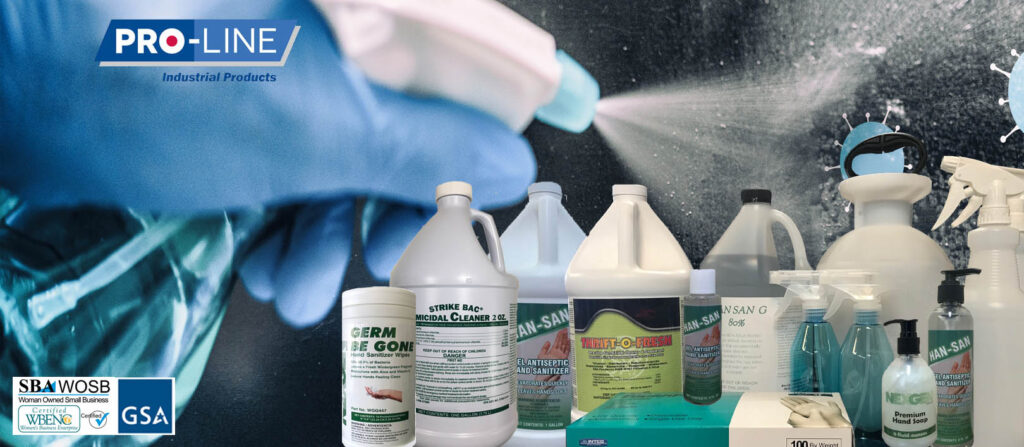Uncategorized
Cross Contamination – not only a hospital concern
Frequent training on cleaning procedures that guard against cross contamination is important in all public facilities. As managers, you cannot assume that cleaning and maintenance personnel know the correct methods. Even when the information is known, employees may need reminders of proper protocol so they understand the importance of not cutting corners. A manager’s top priority is to keep their facilities healthy, protect their staff, and prevent viruses and bacteria from spreading, especially from cross contamination.
Here are a few tips for cleaning and reducing the occurrence of cross contamination when working on plumbing and other high contamination areas.
Poor hand hygiene is generally a prime suspect when cross-contamination is considered. Although hand sanitizers can be used, they can only kill surface-level pathogens. Proper hand washing removes pathogens embedded in the skin. Therefore proper hand washing should be the last step of every cleaning or maintenance task.
It is obvious how cross contamination can occur if pathogens are on frequently touched surfaces. Large numbers of bacteria on high-touch surfaces, including handrails and equipment controls such as elevator buttons can be disinfected with sprays before wiping clean to avoid spreading the bacteria around with a towel or cloth.
Even when gloves are worn whenever performing cleaning tasks, pathogens can live on these gloves—as they do on any surface—for long periods of time. To prevent the spread of disease, gloves should be changed whenever they are visibly soiled, punctured or torn, and after cleaning restrooms and kitchens. If workers wear the same gloves after cleaning each room or even each restroom, harmful pathogens are collected on the gloves and are likely to be transferred to the next room. Gloves should be removed properly by pulling on one corner of each glove and then allowing the glove to fold inside-out as it is removed. Hands must be washed after gloves are removed.
We have all heard that mops can contaminate surfaces. From the moment they are used in the cleaning process, they begin to collect pathogens. With continued use, the contaminants saturate the mop, and the mop head ends up spreading pathogens instead of removing them. Even when using a quaternary disinfectant, the water should be changed when moving from room to room or after cleaning a restroom, to reduce buildup of pathogens on the mop head. Quaternary compounds are widely used as disinfectants and are highly effective when used properly. As effective as quats are, the solutions can become contaminated by pathogens. Once done, be sure to clean buckets and allow them to dry before the next use.
What’s more, cleaning equipment may also become coated with pathogens. For example, a mop pole can become contaminated by dirty gloves. If the same pole is used by another cleaning worker, those pathogens can then be transferred to that worker’s hands or gloves as well. Make sure to clean all tool handles and wipe down tool boxes, broom handles, etc. to prevent cross contamination. It is a good idea to keep sanitizing wipes on hand for this purpose, and for wiping hands frequently.

